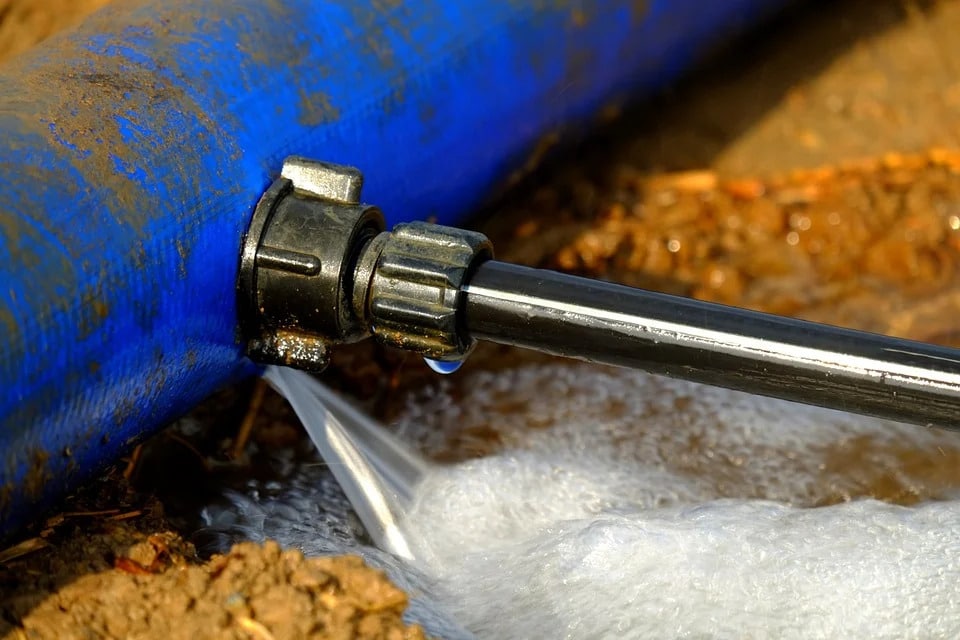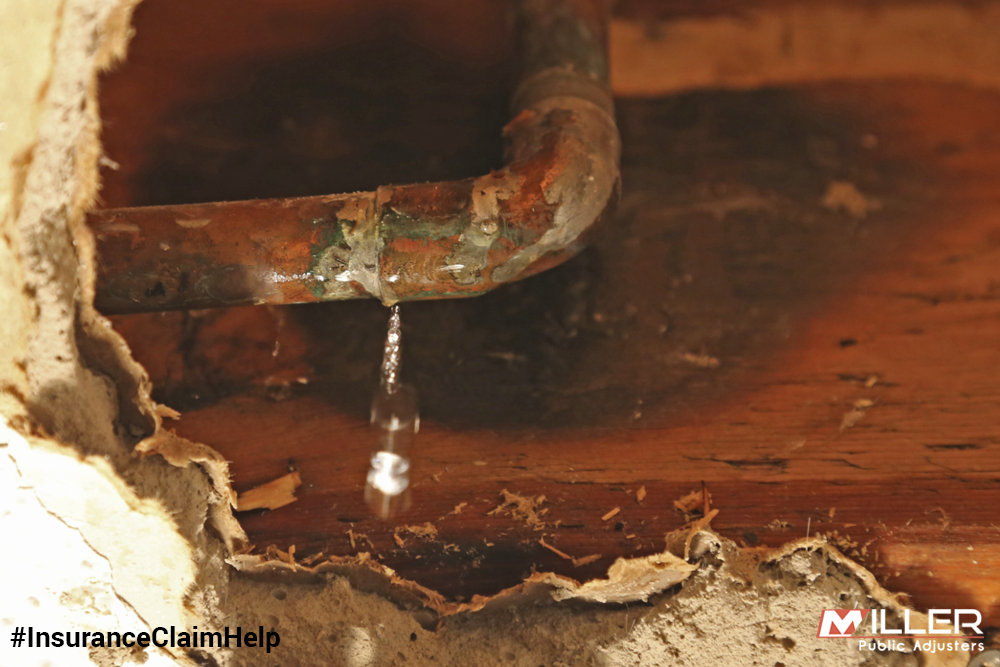Stop the Flood: Strategies for Identifying as well as Fixing Ruptured Pipes
Stop the Flood: Strategies for Identifying as well as Fixing Ruptured Pipes
Blog Article
Just how do you really feel in relation to How to Install and Connect a New Dishwasher?

A ruptured pipeline is a major emergency; you can only stand as you enjoy water you pay very much to rejoin with the planet. In worse cases, you notice a pool on your kitchen floor, which is a terrific journey threat, especially if you have children around. If the pipe that burst was in your wall surfaces, problem: you might require to repaint that entire section.
Just how can a calamity like a burst pipe be stopped as well as taken care of? Well, by paying attention to your professional emergency plumbers and also following these rules.
How do I know when my pipes have burst?
Varying water pressures
Pipes do not simply burst in a day. You might have seen that your kitchen area faucet or shower does not run quickly when you turn the faucet. It might stop briefly for a few seconds and after that blast you with more pressure than normal.
In various other circumstances, the water might appear regular at first, then drop in pressure after a few seconds.
Wet walls and water spots
Before a pipe bursts, it will leak, many times. If this consistent leaking goes unnoticed, the leak may graduate into a wide gouge in your pipeline. One very easy means to prevent this emergency is to keep an eye out for damp wall surfaces advertisement water spots. These water spots will certainly lead you right to the leak.
Puddles under pipes as well as sinks
When a pipe bursts, the outflow creates a pool. It might appear that the pool is expanding in size, as well as regardless of how many times you mop the puddle, in a couple of mins, there's an additional one waiting to be cleaned up. Commonly, you might not have the ability to map the pool to any type of visible pipes. This is an indicator to call a specialist plumber.
Untraceable trickling sounds
Pipe bursts can take place in one of the most undesirable locations, like within concrete, inside walls, or under sinks. When the house goes quiet, you might be able to hear an annoyingly relentless trickling noise. Even after you have actually examined your shower head as well as kitchen faucet, the trickling may continue.
Beloved viewers, the leaking may be originating from a pipeline inside your walls. There isn't much you can do about that, other than tell an expert plumber.
Shut down the Water
When water freezes, it expands in quantity by regarding 9 percent. And it increases with incredible pressure: The stress inside pipes might go from 40 extra pounds per square inch to 40,000 psi! No pipe can hold that much stress, so it breaks open. The break may happen where the ice forms, yet more frequently, it occurs where water stress finds a weak point in the pipeline. That may be inches or perhaps feet from the frozen location. Discover the water shutoff valve and shut off the water to prevent even more damage. You could likewise need to turn off the electrical power too, depending upon where the leakages happens and exactly how big it is.
Polluted water
Many people think a burst pipeline is a one-way outlet. Rather the contrary. As water flows out of the hole or tear in your plumbing system, contaminants discover their way in.
Your water may be infected from the source, so if you can, examine if your water tank has any kind of problems. Nonetheless, if your drinking water is provided and also purified by the city government, you need to call your plumber instantly if you see or smell anything amusing in your water.
What do I do when I detect a ruptured pipe?
Your water meter will remain to run also while your water wastes. To minimize your losses, discover the primary controls as well as transform the supply off. The water mains are an above-ground framework beside your residential or commercial property.
How to Fix & Detect a Leaking Pipe
How Do I Know if a Pipe is Leaking?
Leak detection tests can help you determine if your pipe has a leak. Even if you don’t see an apparent leak, you should still conduct leak detection tests regularly to save water and money—and prevent major damage to your home.
Water meter. It can be helpful to figure out what your usual water meter usage numbers are and then monitor them regularly. To monitor your meter, first, turn off all water faucets in your home. Check the meter and write down the numbers. In a few hours, check the meter again. If the numbers have changed, you have a leak. Water gauge. Use a water gauge to test your water pressure. Your showerhead should produce a certain amount of water pressure based on its model and design. If the pressure is lower than it is supposed to be for that specific showerhead, your home likely has a leak. Puddles. Look inside your bathroom, laundry, and kitchen sink cabinets. Puddles around the cabinets or around toilets, tubs, showers, and washing machines indicate the presence of a leaking pipe. You may also notice loose tiles, peeling or flaking paint, or mold caused by water accumulation. Napkin test. Even if you don’t see any puddles, you may still have a leak. You can test for water leaks in the bathroom, laundry, and kitchen by wiping below-sink connections with a napkin, paper towel, or piece of toilet paper. If it becomes damp, you probably have a leaking pipe under the sink. Discolored walls. Walls that are discolored—usually with brown or yellow stains—or bulging might mean that they have been impacted by water damage caused by a leaking pipe. Smell. A leaky pipe will create sitting water, and over time, that water may develop a musty smell. If your home smells musty, but you can’t locate the source, it may be due to a leak. Steps for Fixing a Leaking Pipe
A leaky drain can be remedied by tightening the pipe base, replacing the drain seal, caulking the rim, and tightening the pipe nut. Similarly, a leaking toilet pipe can be treated by tightening the packing nut. You may also need to replace the valve. A leaky faucet may just need tightening or replacement of the washers. If that doesn’t work, consider replacing your faucet. If your pipe has a hole in it, you may want to use a pipe leak sealer or pipe leak tape. This quick fix for water pipe leaks can also temporarily fix a copper pipe leak. https://www.ahs.com/home-matters/quick-tips/how-to-tell-if-pipes-are-leaking/

Do you really like more info about How to Prepare for Your Dishwasher Installation? Place feedback below. We would be interested to listen to your suggestions about this post. We are looking forward that you visit us again in the future. Appreciated our article? Please share it. Let someone else locate it. We truly appreciate reading our article about What to Know Before Installing a Dishwasher.
Schedule Appointment Now
Report this page